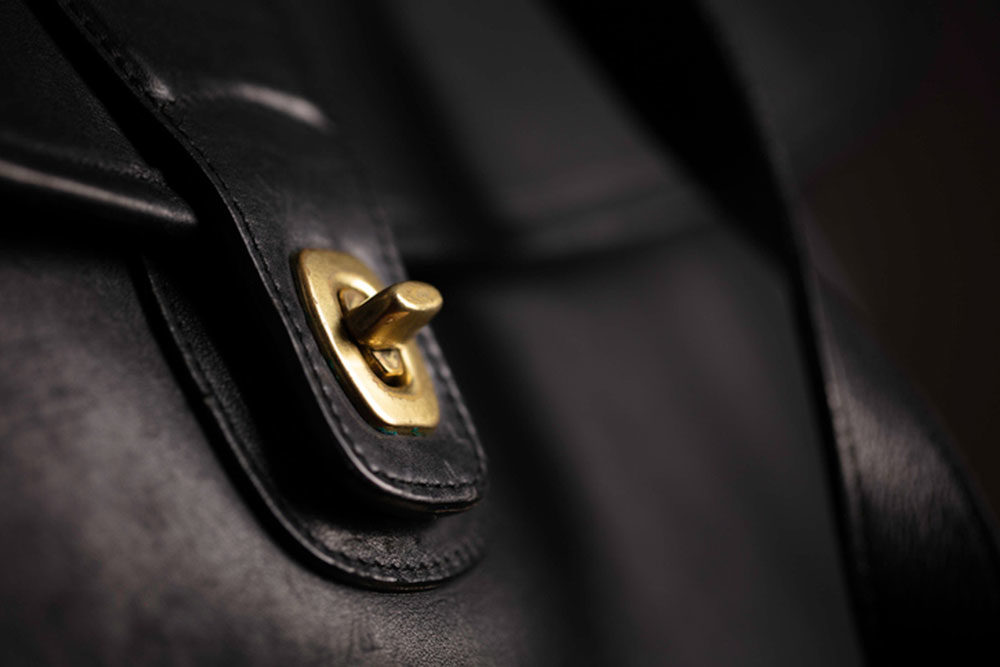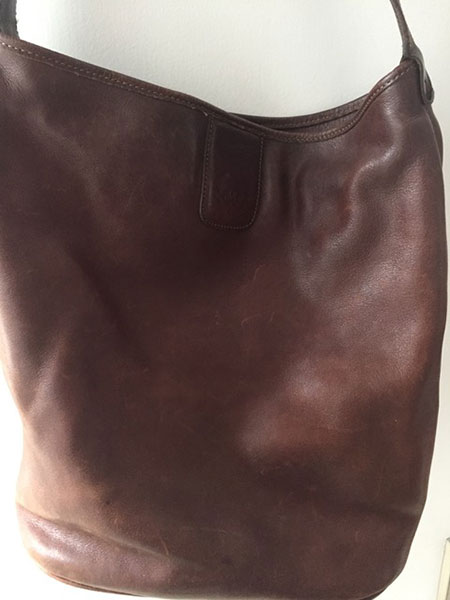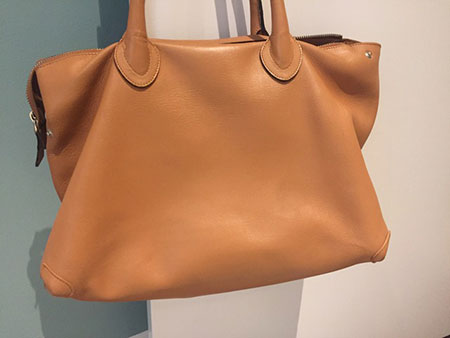
iStock
ABOUT A MONTH or so ago I was scrolling mindlessly through websites looking for the handbag of my dreams or just one that would be more fall-appropriate than the white or metallic ones I’ve been carrying all summer. I liked the clutches and totes with their sassy straps and stripes from Clare V; Cuyana’s were serviceable but not exciting; Bottega Veneta’s squishy ones were adorable but waaaay too pricey and not at all practical for the amount of stuff I tend to cart around. After too much time browsing for that perfect bag, I had another thought. I could dig into my closet, or actually my dresser, where I had stashed two well-loved but worn-out-looking, bags. The leather on the large Ghurka cordovan, tattersall-lined shoulder bag I had bought in New York in the late ’80s was splitting at the bottom edge. I knew the company had a policy of repairing its bags because when the shoulder strap came apart five years after I bought it, I took it to a department store that at the time sold the brand. They sent it back to the company and it was returned to me with strap fixed and leather shiny again. No charge.

My Ghurka bag with fading leather and a split at the bottom. / Photo by Janet Kelly.
This time I took a photo of the bag and sent off an e-mail to customer service asking if the area where the leather was splitting could be repaired. The response: they could fix it for an estimated $150, plus a $12 shipping fee from their Norwalk, Connecticut, factory.
Not sure I wanted to save this piece of the past, I decided to test out an option closer to home—with a salmon-colored bag from Italian designer Marni that I purchased 10 years ago (on sale) at Relish in DC. I had had good results when I brought in my beige leather jacket for cleaning at a neighborhood leathergoods store.
I wondered if they could bring the Marni back to life. It needed much more than cleaning—white streaks ran down the front and back of the bag, there was a noticeable ink spot in the middle, the bottom edges were worn through and the handles were coming apart at the seams. The inside was full of marks from the many pens I too casually toss into it.

Marni bag, post-restoration. Glossy leather, matching reinforcements on the corners, sturdy handles, no more ink spot. / Photo by Janet Kelly.
I took the bag into the store and was directed to climb two steep flights of creaky stairs to an attic room where a woman about my age and a young man sat on stools sewing/glueing/restoring various leather items. I held out my handbag and asked the woman whether there was any hope. She didn’t look at me as if I had lost my mind. Rather, she appeared confident she could get it looking much spiffier, at an estimated cost of $140. I decided I’d leave it with her and hope for the best. From my experience with my jacket, I knew that this would take time. It did—five weeks later I called and was told I could pick it up the following week.
So I did, and the Marni was back to its former, good-looking self. The streaks were gone, as was the ink spot. The leather looked shiny again, and the worn corners had been covered with reinforcements of matching leather. What remain are my pen marks on the leather inside, a reminder that this is not a new bag. Never mind. I was delighted to have salvaged something I could now put back into wardrobe rotation.
If you’re wondering, I’m still considering whether to go through the process with Ghurka. On the other hand, I may spring for a brand-new bag.
—Janet Kelly

Already looking for a new fall bag. Hard to find the right size, color along with all the required compartments! I don’t think I have any worthy of being revitalized. I have some old coach bags that I loved but they’re too heavy these days …
Those old bags are heavy, I understand. In my quest, I’ve found Jo Bags (https://www.johandbags.com). Not heavy!